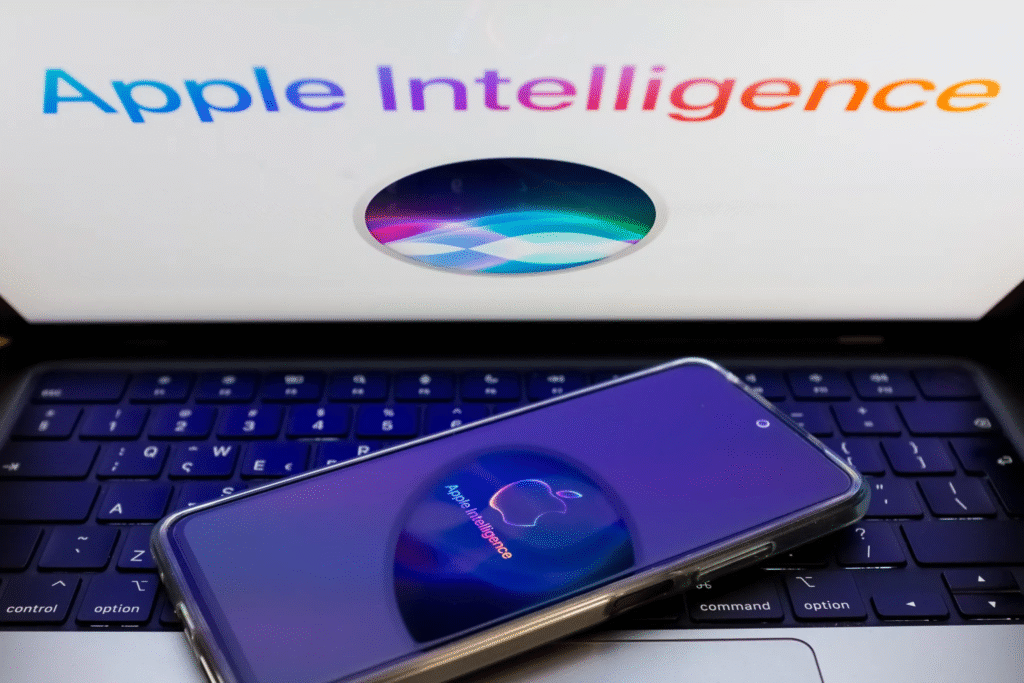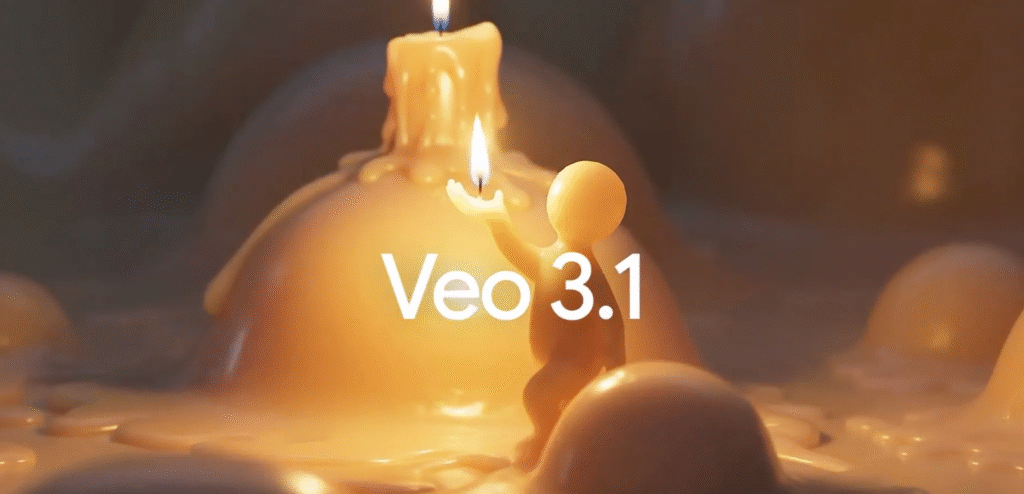The Great AI Tug-of-War: Apple Loses Another Star to Meta
In a fresh blow to Apple’s ambitious AI roadmap, another top executive has jumped ship — this time to Meta. Ke Yang, who was recently leading Apple’s “Answers, Knowledge & Information” team (the powerhouse behind the upcoming, smarter version of Siri), has reportedly left to join Meta’s growing AI division. The AKI team was at the core of Apple’s push to make Siri more conversational, intuitive, and ChatGPT-like — a crucial piece in Apple’s race to stay relevant in the fast-evolving world of generative AI. Yang’s exit adds to a string of recent high-profile departures that have quietly shaken Apple’s AI foundations.

For Meta, the timing couldn’t be better. As it doubles down on its AI ecosystem — from open-source models to AI-powered social platforms — recruiting Apple’s top talent gives it a sharp competitive edge. Meanwhile, Apple’s internal challenges grow heavier, with mounting pressure to deliver on promises of an “AI-first” iPhone experience. This latest talent loss paints a vivid picture of Silicon Valley’s new battleground — not for products, but for the minds building the future of artificial intelligence.
Streaming’s Smart Remix: Spotify Joins Forces with Record Labels for Artist-First AI
Spotify is taking a bold step into the future of music creation by partnering with major record labels — including Sony, Universal, Warner, and several indie networks — to build what it calls “artist-first” AI music tools. The initiative aims to ensure that AI supports artists rather than replacing them, focusing on fair compensation, creative control, and authentic fan engagement. It’s a clear message that Spotify wants to put human creativity at the heart of its AI evolution.

What makes this move stand out is Spotify’s shift from competition to collaboration with the labels. Instead of treating AI as a disruptive threat, the company is positioning it as a creative ally. By pledging transparency, licensing integrity, and artist consent, Spotify hopes to set a new industry standard — one where AI enhances artistry rather than undermining it.
Efficiency Unleashed: Anthropic’s Haiku 4.5 Shrinks Size, Boosts Speed
Anthropic has rolled out Claude Haiku 4.5, a faster and more efficient version of its popular AI model. Designed as the lightweight member of the Claude family, Haiku 4.5 packs impressive performance despite its smaller footprint — matching the capabilities of the larger Claude Sonnet 4 in coding, reasoning, and tool-use tasks. The model is engineered for high-speed responses, making it ideal for chatbots, large-scale deployments, and real-time applications where latency and cost matter most.

Haiku 4.5 is more than twice as fast as its predecessor while being roughly a third of the cost, signaling Anthropic’s strong focus on accessible, developer-friendly AI. By refining efficiency without sacrificing intelligence, Anthropic is positioning Haiku 4.5 as the go-to model for businesses seeking powerful AI performance without the premium price tag.
Google’s Veo 3.1 Brings Cinematic AI to the Editing Room”
Google has unveiled Veo 3.1, the newest upgrade to its video-generation model — and it’s a major leap forward in realism, sound, and storytelling. The model now supports audio generation, enhanced motion control, and sharper visual coherence, allowing creators to transform text or images into short, cinematic videos that feel professionally produced. With smoother transitions, dynamic lighting, and natural soundscapes, Veo 3.1 aims to make AI video creation not just faster, but artistically compelling.

What truly sets this release apart is its integration into Flow, Google’s AI-powered video editor. Users can now generate motion between chosen frames, blend multiple reference images, extend clips seamlessly, and even insert or remove objects with realistic shadows and depth. This fusion of creativity and control marks a new era for AI filmmaking — one where creators can shape scenes with precision, blending human direction with machine imagination.
